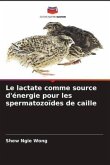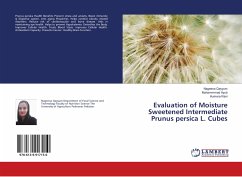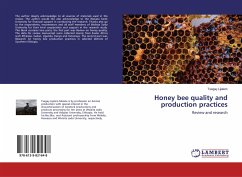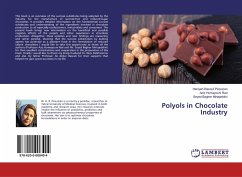Sperm of different animal species utilize different energy substrates to ensure survival and fertilization success. Glucose is the preferred energy substrate for the sperm of most species. However, the Japanese quail sperm is believed to utilize lactate through the lactate dehydrogenase (LDH) enzyme. The result demonstrated that quail sperm in glucose treatment had the highest oxygen consumption and proton production rate, followed by control and the least by lactate. As for survival rate, Cloacal gland foam maintained the highest percentage of live sperm (60.6±2.9%), followed by lactate (27.1±2.5%) and glucose (23.2±2.5%).Concentration effect illustrated that 5mM glucose and 15mM lactate yielded the maximum percentage of live sperm. In terms of sperm motility, Glucose yielded the highest percentage of motile sperm (19.7±2.3%), followed by foam (18.5±2.6%) and lactate (13.6±2.3%). It is concluded that lactate is not the preferred substrate. The cloacal gland foam has the most favourable effect on sperm viability while glucose stimulates sperm motility the most.








